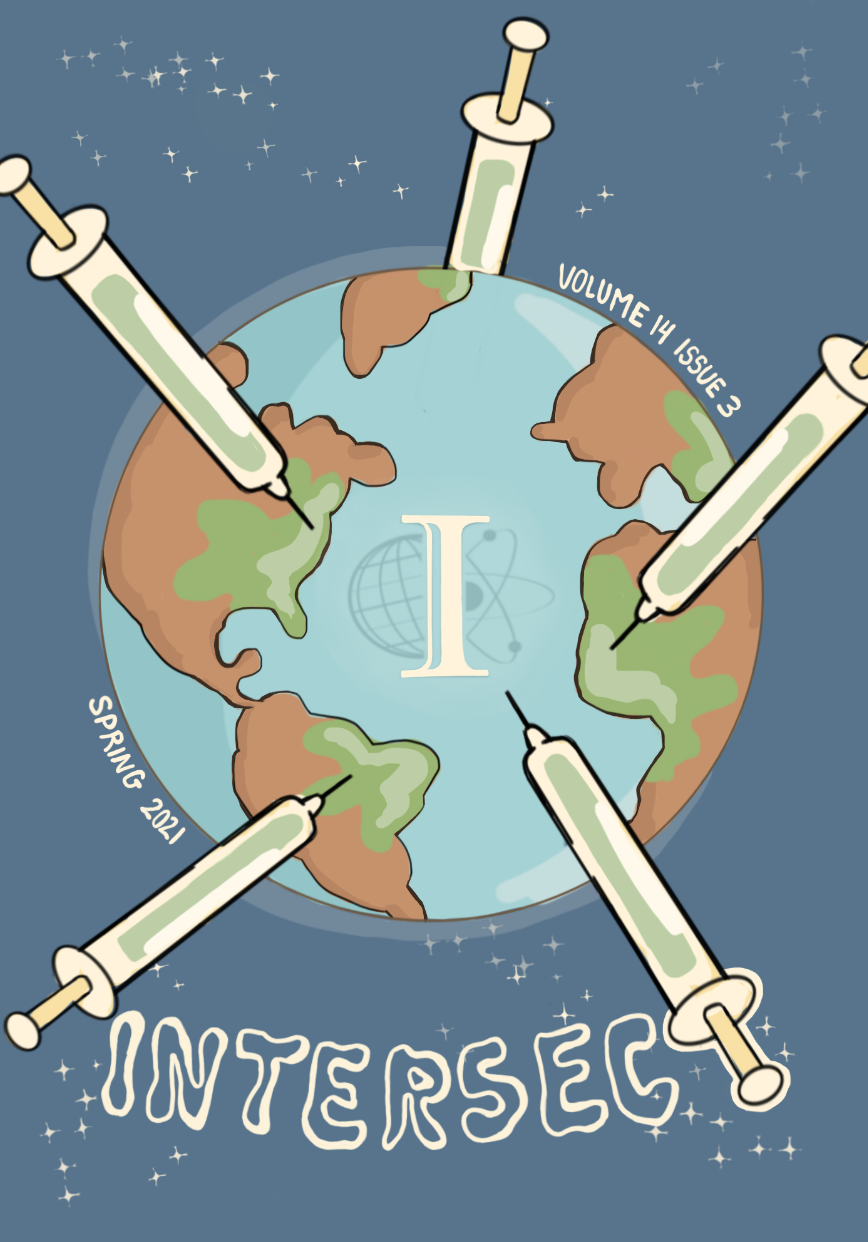Technologies of Abstraction: The Disembodiment of American Medicine
Chapter 3: Risk
Abstract
This Honors thesis, entitled Technologies of Abstraction: The Disembodiment of American Medicine, is the culmination of an interdisciplinary major meant to investigate medicine and the body historically, sociologically, and philosophically. Each chapter focuses on the integration of a particular technology into medicine, and traces the way in which the meanings of the technology and the priorities of medicine worked mutually to articulate the dimensions of care. Each of these technologies assumed particular institutional forms in the context of prevailing understandings of the ontology of the body, the place of the physician in society, the identity of stakeholders in the organization of medicine, and the relationship between disease and health. Chapter One focuses on the x-ray's early life, at the end of the 19th century, as a potent representation of industrial and scientific medicine, as well as of the irrelevance of patient self-knowledge. It tracks the use of the x-ray in authorizing biomedicine as the only legitimate philosophy of care, while noting the discrepancy between the machine's symbolic power and any firm understanding of the way that it actually worked. Chapter Two centers the mid-century debut of antidepressants onto a medical landscape that increasingly understood both disease and cure in the language of chemistry. The understanding of the body as a set of chemical processes provided an organizing principle for doctors, researchers, and pharmaceutical companies to coordinate their activity, as well as laid the groundwork for the proliferation of bureaucracies that were needed to produce, regulate, and deliver medicine. The third chapter carries on with the themes of abstraction, individualization, and bureaucratization to discuss risk, a technology that has come to characterize 21st century healthcare through the predominance of both chronic disease and the insurance practices that set the terms for health maintenance. As the threat of infectious disease waned over the 20th century, the conflation of two kinds of risk – disease risk and financial risk – came to structure medicine according to the logic of privatization. As medical sociality was no longer visible through contagion, the preponderance of for-profit insurers worked to displace matters of medicine from the public to the private. This disjunction between medicine and politics continues to obscure the roots of chronic disease in social and environmental conditions, and leaves political bodies lacking the grounds to address acute crises of infectious disease.
Downloads
Published
Issue
Section
License
Copyright (c) 2021 Intersect: The Stanford Journal of Science, Technology, and Society

This work is licensed under a Creative Commons Attribution-NonCommercial-NoDerivatives 4.0 International License.
Authors who publish with this journal agree to the following terms:- Authors retain copyright and grant the journal right of first publication with the work simultaneously licensed under a Creative Commons Attribution License that allows others to share the work with an acknowledgement of the work's authorship and initial publication in this journal.
- Authors are able to enter into separate, additional contractual arrangements for the non-exclusive distribution of the journal's published version of the work (e.g., post it to an institutional repository or publish it in a book), with an acknowledgement of its initial publication in this journal.
- Authors are permitted and encouraged to post their work online (e.g., in institutional repositories or on their website) prior to and during the submission process, as it can lead to productive exchanges, as well as earlier and greater citation of published work (See The Effect of Open Access).

